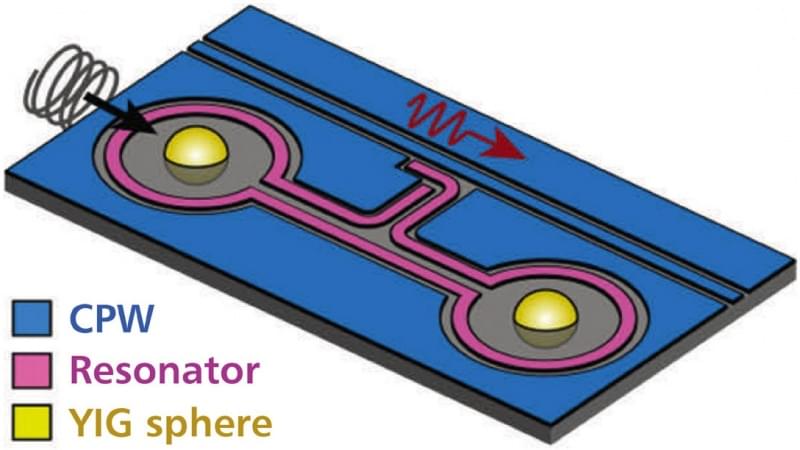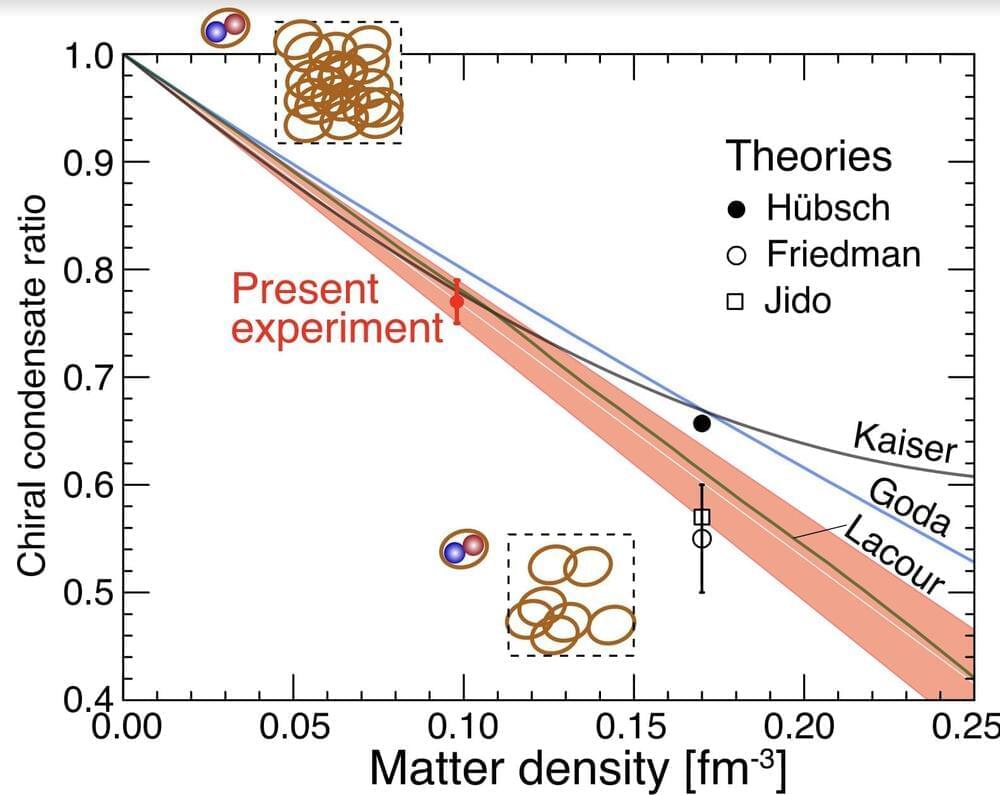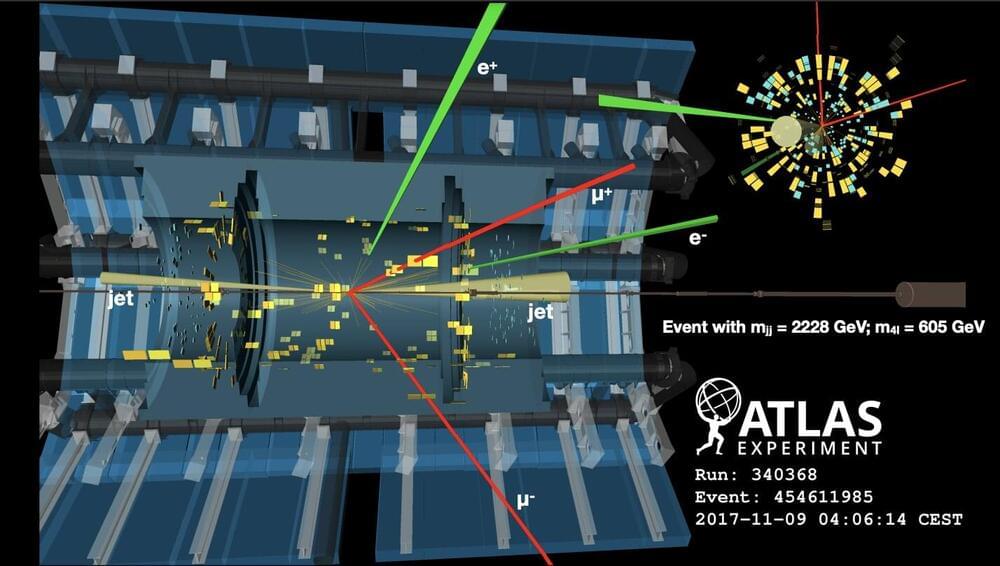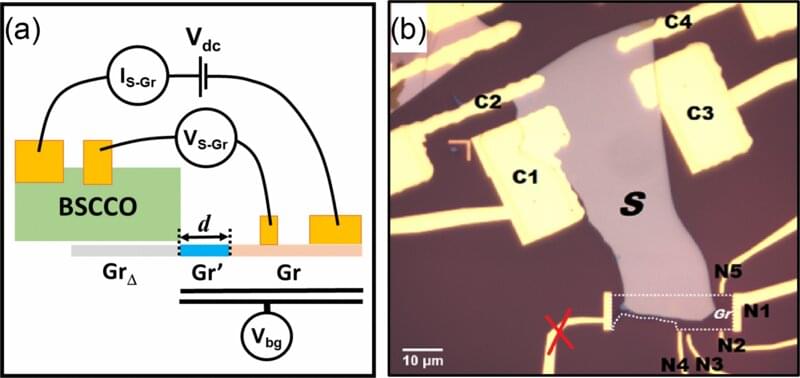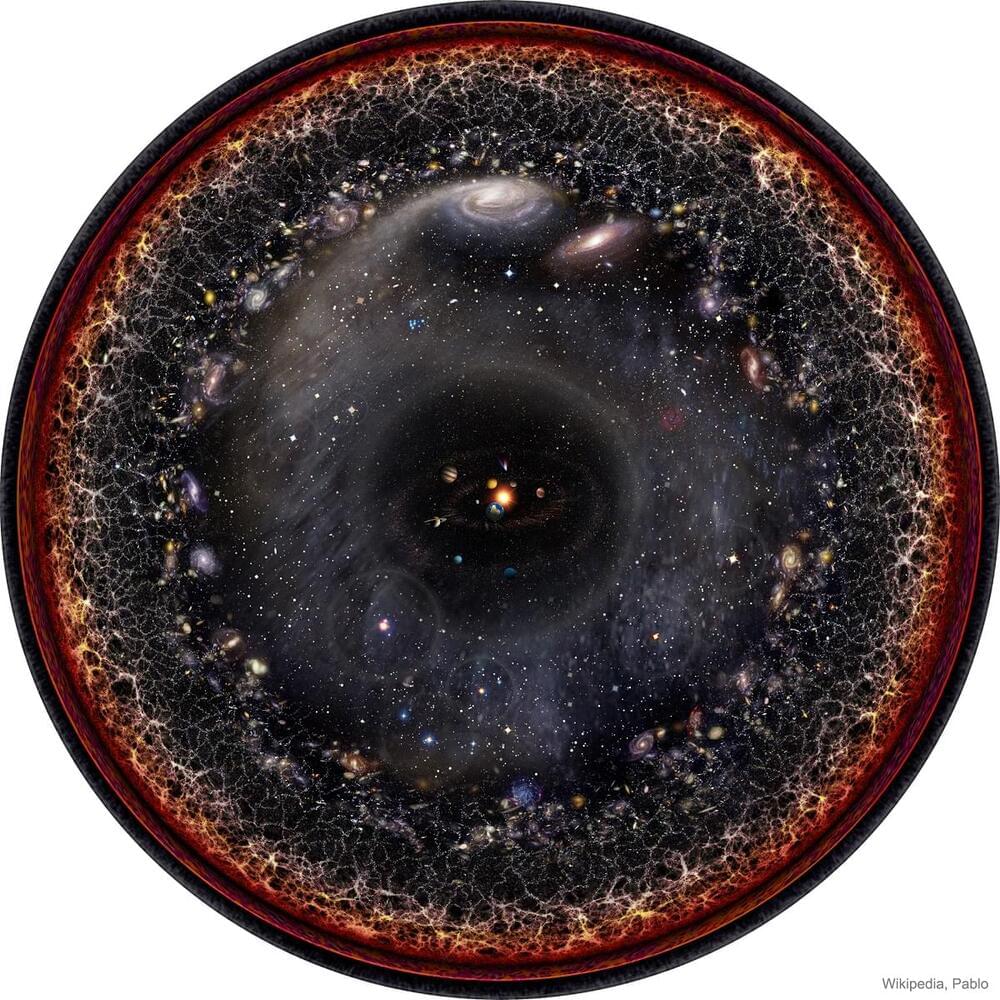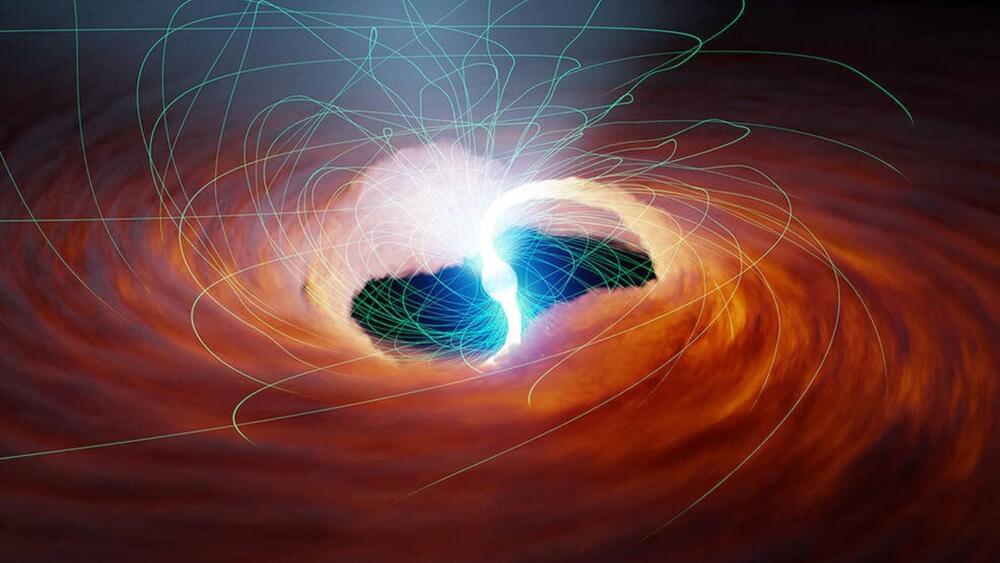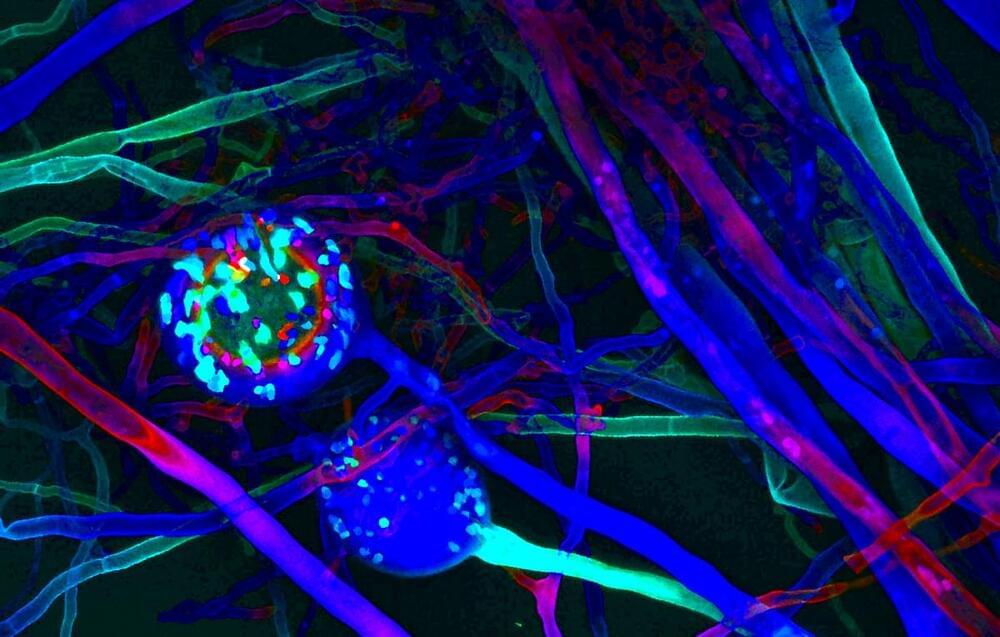Year 2022 😗
Argonne National Laboratory, Lemont, IL
A team of scientists at the U.S. Department of Energy’s Argonne National Laboratory, have achieved efficient quantum coupling between two distant magnetic devices, which can host a certain type of magnetic excitations called magnons. These excitations happen when an electric current generates a magnetic field. Coupling allows magnons to exchange energy and information. This kind of coupling may be useful for creating new quantum information technology devices.
This instant communication does not require sending a message between magnons limited by the speed of light. It is analogous to what physicists call quantum entanglement. Following on from a 2019 study, the researchers sought to create a system that would allow magnetic excitations to talk to one another at a distance in a superconducting circuit. This would allow the magnons to potentially form the basis of a type of quantum computer. For the basic underpinnings of a viable quantum computer, researchers need the particles to be coupled and stay coupled for a long time.
